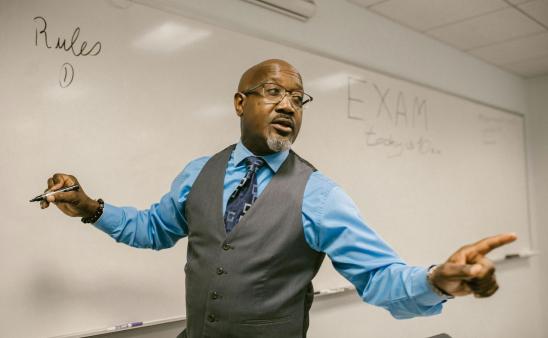Although college prices continue to rise, they may not be as high as you might think. Few students or families are expected to pay, out of pocket, the full two- or four-year price of attendance. Don't let the apparent cost turn you away.
Financial aid is intended to fill the gap between the actual price of the school and what students and their families can realistically contribute from savings and income to pay for this education. This is called financial need. It allows students to attend schools that they otherwise might not be able to afford. The student, the student's family, and taxpayers (through financial aid) share responsibility for paying for higher education.





